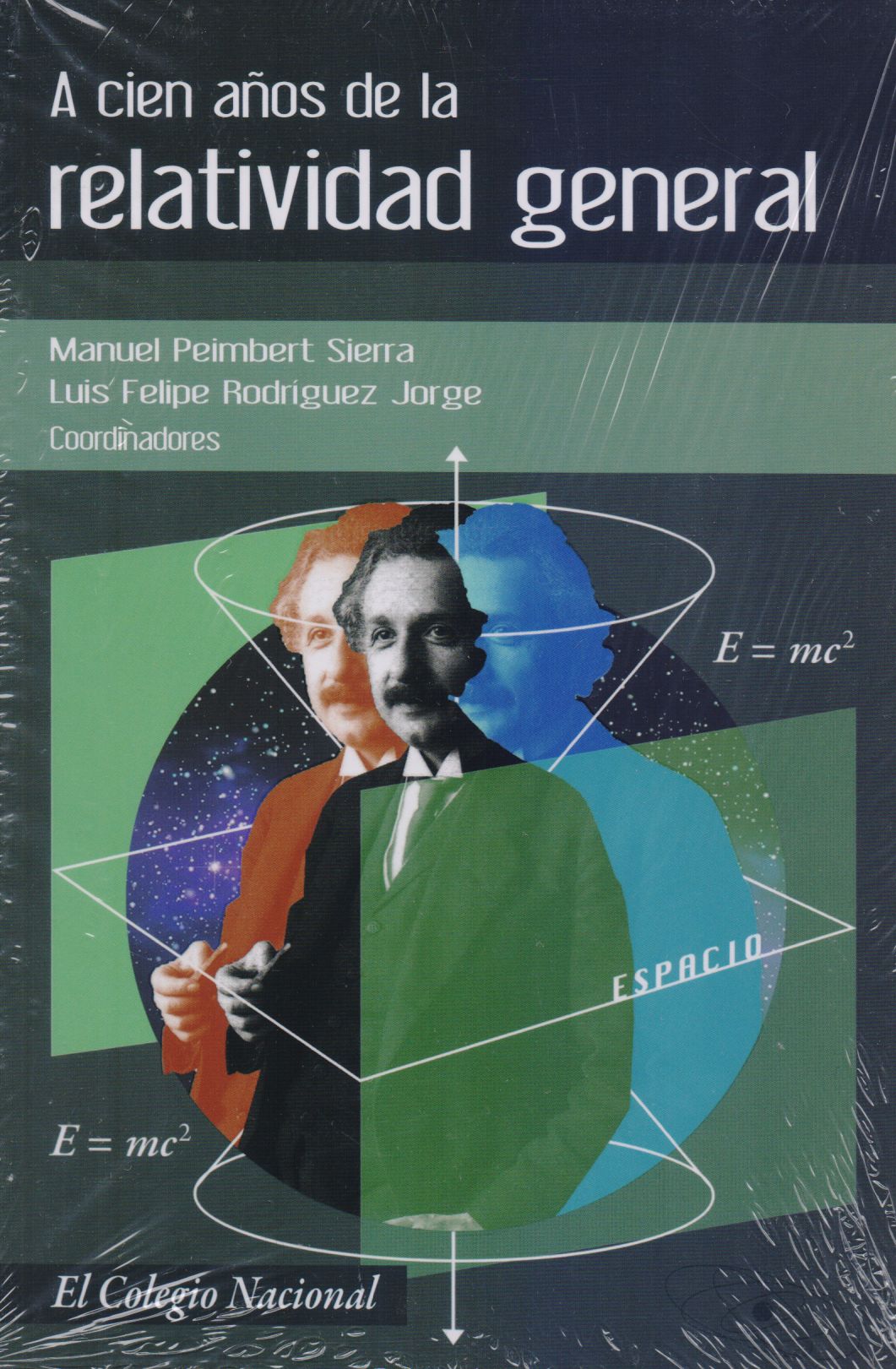Libros relacionados
 |
A Cien Años de la Relatividad General Peimbert Sierra, Manuel / Rodríguez Jorge, Luis Felipe Colegio Nacional |
 |
Engineering Principles In Everyday Life For Non-Engineers B. Niku, Saeed Morgan & Claypool Publishers |
 |
New Prospects Of Integrating Low Substrate Temperatures With Scaling-Sustained D Shovon Ashraf, Nabil / Alam, Shawon / Alam, Mohaiminul Morgan & Claypool Publishers |
 |
Advances In Refletctometric Sensing For Industrial Applications Cataldo, Andrea / de Benedetto, Egidio / Cannazza, Giuseppe Morgan & Claypool Publishers |


|
Título: Field Effect In Semiconductor-Electrolyte Interfaces: Application To Investigati | |
| Autor: Konorov / Yafyasov / Bogevolnov | Precio: $715.00 | |
| Editorial: Princeton University Press | Año: 2006 | |
| Tema: Fisica, Ingenieria, Semiconductores | Edición: 1ª | |
| Sinopsis | ISBN: 9780691121765 | |
| This book presents a state-of-the-art understanding of semiconductor-electrolyte interfaces. It provides a detailed study of semiconductor-electrolyte interfacial effects, focusing on the physical and electrochemical foundations that affect surface charge, capacitance, conductance, quantum effects, and other properties, both from the point of view of theoretical modeling and metrology. The wet-dry interface, where solid-state devices may be in contact with electrolyte solutions, is of growing interest and importance. This is because such interfaces will be a key part of hydrogen energy and solar cells, and of sensors that would have wide applications in medicine, genomics, environmental science, and bioterrorism prevention.
The field effect presented here by Pavel Konorov, Adil Yafyasov, and Vladislav Bogevolnov is a new method, one that allows investigation of the physical properties of semiconductor and superconductor surfaces. Before the development of this method, it was impossible to test these surfaces at room temperature. The behavior of electrodes in electrolytes under such realistic conduction conditions has been a major problem for the technical realization of systems that perform measurements in wet environments. This book also describes some material properties that were unknown before the development of the field effect method. This book will be of great interest to students and engineers working in semiconductor surface physics, electrochemistry, and micro- and nanoelectronics. |
||
Librería Bonilla SA de CV © Todos los derechos reservados. 2019
Última actualización: Jul 2019




